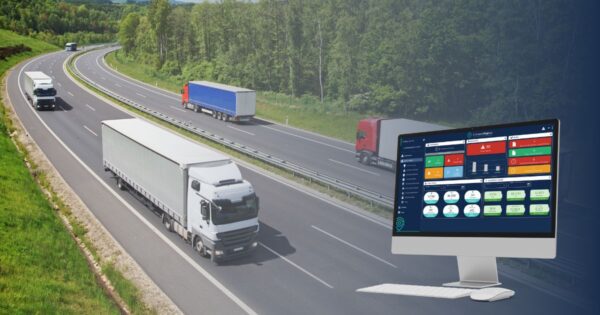At the simplest level a vehicle camera system can be a camera fitted to a vehicle’s dashboard, enabling it to record the road ahead. The primary use that fleet managers have for this system is using recorded data to investigate road accidents to establish who was at fault.
However, vehicle camera systems can be much more sophisticated and perform many more applications. Advanced systems comprise of a connected fleet management software platform, sensors and a range of AI powered camera technology to minimize risk and enhance driver safety.
A “vehicle camera system” could still be a single forward-facing dashcam, or it could consist of multiple cameras fitted both outside and inside a vehicle. The cameras can be installed to cover the interior of cargo holds, mounted on dashboards, or fixed to the vehicle exterior.
A typical vehicle camera system fitted to a large goods truck may comprise of cameras placed around the vehicle. Installed facing the front, driver, offside, nearside, rear and cargo, covering a multitude of angles. In addition, supporting technologies such as sensors, mobile digital video recorder, telematics, artificial intelligence and machine learning are leveraged to provide a comprehensive fleet management solution.










































